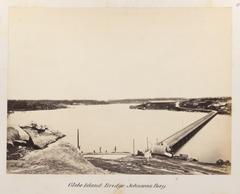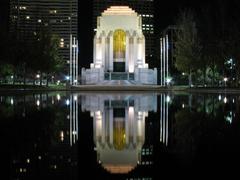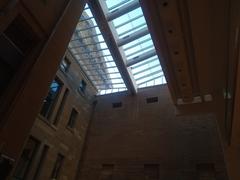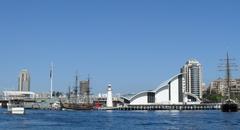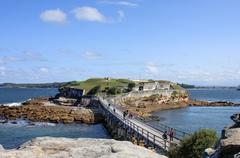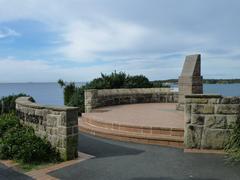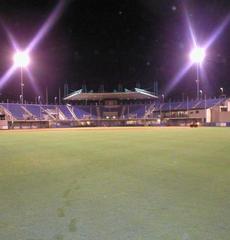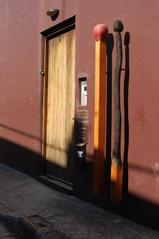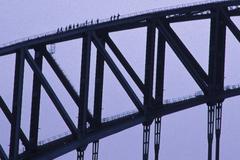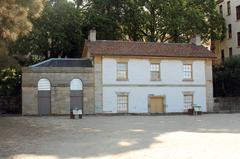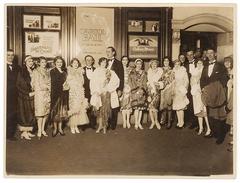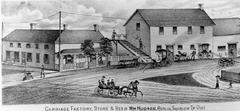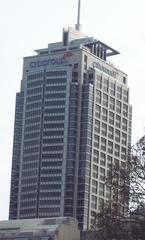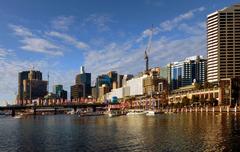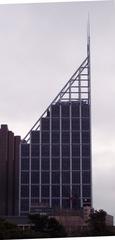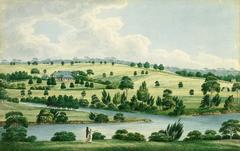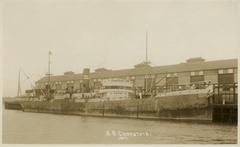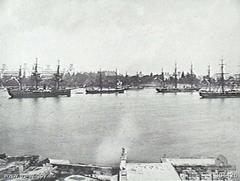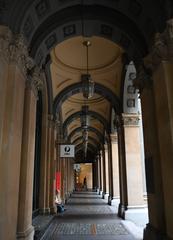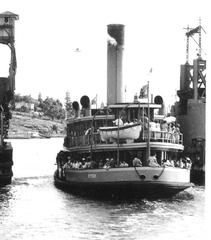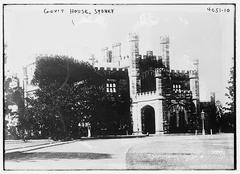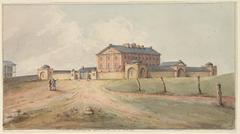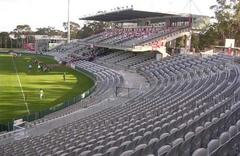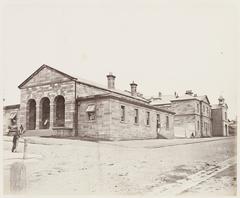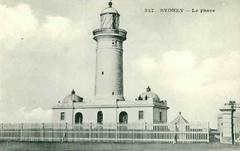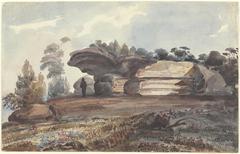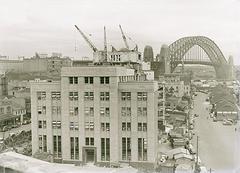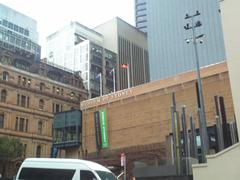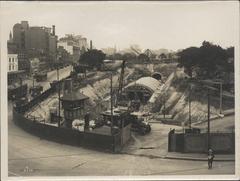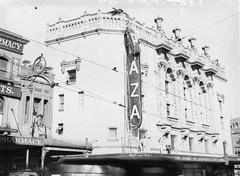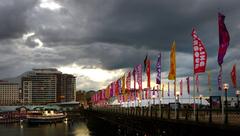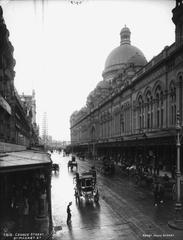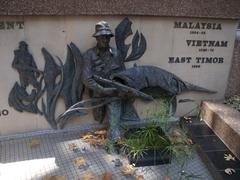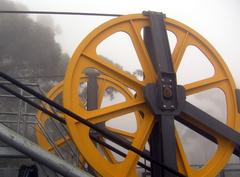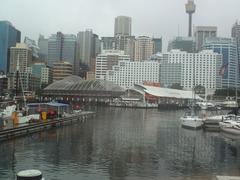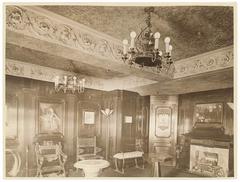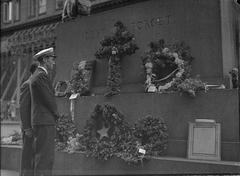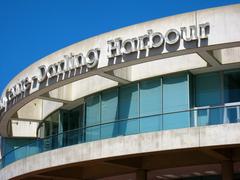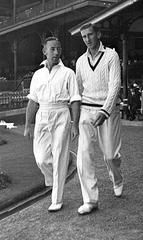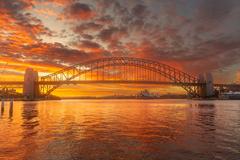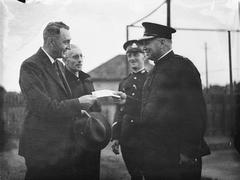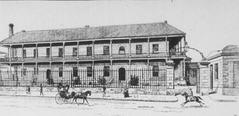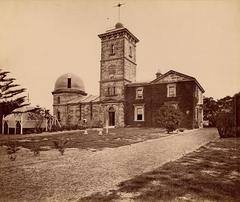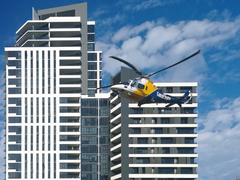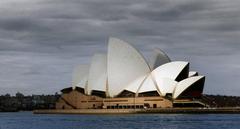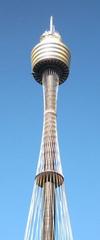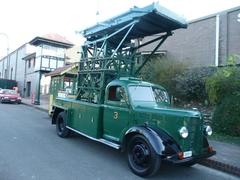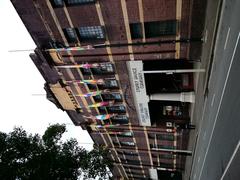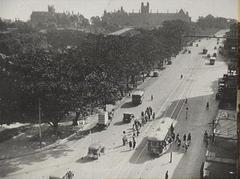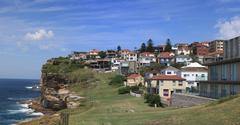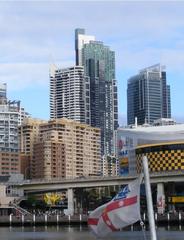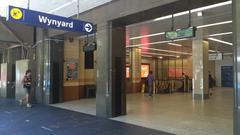
Her Majesty’s Theatre Sydney: Tickets, Visiting Hours, and Historical Significance
Date: 04/07/2025
Introduction
Her Majesty’s Theatre in Sydney, Australia, is a landmark steeped in cultural and architectural heritage. Though none of its original buildings stand today, its profound impact on Sydney’s performing arts scene endures. From its grand opening in 1887 through three successive incarnations—each shaped by resilience in the face of fire and urban change—Her Majesty’s Theatre was a centerpiece for world-class performances, architectural innovation, and the development of Australian theatre. This guide explores the theatre’s rich history, ongoing influence, and practical information for visitors eager to connect with Sydney’s theatrical legacy by experiencing related sites and venues.
Historical Overview
Origins and Early Development (1887–1902)
Established during Sydney’s rapid late-19th-century growth, Her Majesty’s Theatre was conceived by James Allison and George Rignold. Located on Pitt Street, its design by Gustavus Alphonse Morell and John Edward Kemp made it Sydney’s premier venue, setting new standards for safety and opulence (Dictionary of Sydney, Wikipedia). The theatre opened in 1887, featuring a baroque façade, Corinthian columns, and a seven-storey structure. Innovations like a brick firewall and asbestos drop curtain showcased a new era in theatre safety.
The Golden Era and Notable Performances
Quickly becoming Sydney’s cultural epicenter, Her Majesty’s Theatre hosted local and international luminaries, including Sarah Bernhardt, Dame Nellie Melba, Harry Connor, Alfred Dampier, and Henry Brodribb Irving. Its association with J.C. Williamson Ltd. cemented its reputation as a leader in musical theatre and operetta (Dictionary of Sydney, bscottholmes.com).
Fire, Reconstruction, and Resilience (1902–1933)
A devastating fire in 1902 led to a complete rebuild, reopening in 1903 with renewed grandeur. The rebuilt theatre remained a cultural landmark and was immortalized on Australia’s $100 banknote in tribute to Dame Nellie Melba (Wikipedia).
The Second Theatre: Empire to Her Majesty’s (1927–1970)
Responding to Sydney’s growing entertainment district, the Empire Theatre opened in Haymarket in 1927 and was later rebranded as Her Majesty’s Theatre in 1960. Hosting major musicals like “My Fair Lady,” “Camelot,” and “Fiddler on the Roof,” this venue was tragically lost to fire in 1970 (Cinema Treasures, Dictionary of Sydney).
The Third Theatre and Final Years (1973–2001)
A third theatre opened in 1973 near Central Station, continuing the tradition of musical theatre with productions like “A Little Night Music.” Despite its success, the decline of J.C. Williamson’s and urban redevelopment led to its closure in 2001 (Dictionary of Sydney, Wikipedia).
Cultural and Architectural Legacy
Her Majesty’s Theatre’s successive iterations were renowned for their architectural flair and technical advancements. The original’s baroque grandeur and pioneering safety features set new benchmarks. These theatres nurtured Australian talent, welcomed international stars, and were focal points for civic occasions, shaping Sydney’s identity as a vibrant arts capital (bscottholmes.com).
Visiting Information and Related Sydney Historical Sites
Current Status
Although the original buildings are gone, the legacy of Her Majesty’s Theatre is commemorated by plaques at its historical Pitt Street location. The district remains a vibrant hub for theatre, with many nearby venues offering rich experiences for visitors.
Suggested Historical Sites and Theatre Experiences
- Sydney Opera House: World-renowned for architecture and performance (Sydney Opera House).
- State Theatre: A beautifully preserved 1920s theatre in the city center.
- Theatre Royal Sydney: Hosts frequent major musicals and plays.
- Queen Victoria Building: A heritage-listed shopping arcade near the original site.
- The Rocks: Historic precinct with walking tours highlighting Sydney’s cultural evolution (Sydney Uncovered).
Accessibility and Travel Tips
The Pitt Street area is accessible by public transport, with Wynyard, Martin Place, and Town Hall stations nearby. Footpaths and pedestrian areas are well-maintained. Local theatres offer accessible seating and amenities (Sydney Uncovered).
Her Majesty’s Theatre Visiting Hours and Tickets
There are no official visiting hours or ticketing for the original Her Majesty’s Theatre, as the site is now a commercial area. However, nearby venues such as the State Theatre and Theatre Royal Sydney offer performances year-round. Tickets for these can be purchased online or at box offices, with prices varying by show and seating (Sydney Expert). Advance booking is recommended, especially during festivals and weekends.
Practical Visitor Tips
- Best Times to Visit: Sydney’s theatre district is lively year-round, with July especially active for major productions.
- Dining and Accommodation: Numerous cafes, restaurants, and hotels are within walking distance.
- Guided Tours: Heritage walks include stops at the theatre’s former site and provide historical context.
- Safety: The CBD is well-lit and secure, but always mind your belongings.
- Dress Code: Smart casual is standard, though special events may encourage formal attire.
Frequently Asked Questions (FAQs)
Can I visit the original Her Majesty’s Theatre building?
No, the original theatre is no longer standing. The site is marked by a commemorative plaque.
Are there tours about Her Majesty’s Theatre?
Yes, several heritage walking tours of the CBD include the site and other historic venues.
Where can I buy tickets for theatre performances?
Tickets for nearby venues can be purchased online or at box offices. Book early for popular shows.
Is the area accessible for people with disabilities?
Yes, public transport and theatres provide accessible features.
When is the best time to experience Sydney’s theatre scene?
Winter months (June–August) feature a full schedule of performances and festivals.
Legacy and Enduring Influence
Her Majesty’s Theatre remains a symbol of Sydney’s cultural resilience and artistic ambition. Its influence is felt in the city’s thriving theatre district, the nurturing of local talent, and the collective memory of generations of theatre-goers. While the original buildings are gone, their spirit endures in commemorative sites, archival materials, and the ongoing vitality of Sydney’s performing arts scene (Dictionary of Sydney, bscottholmes.com, Sydney Uncovered, Sydney Opera House).
Additional Resources and Official Sources
- Dictionary of Sydney: Her Majesty’s Theatre
- bscottholmes.com – Her Majesty’s Theatre Sydney
- Sydney Official Tourism: Practical Visitor Tips
- Sydney Uncovered: Sydney Tourist Attractions
- Wikipedia: Her Majesty’s Theatre, Sydney
- Sydney Opera House Official Site
- Theatre Heritage Australia
Call to Action
To enrich your theatre experience, download the Audiala app for curated guides, event listings, and personalized recommendations. Stay connected by following our social media channels, and explore further posts on Sydney’s historical sites and performing arts venues.






